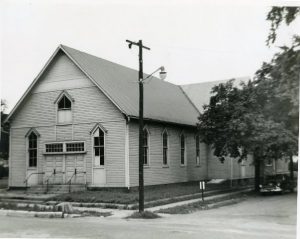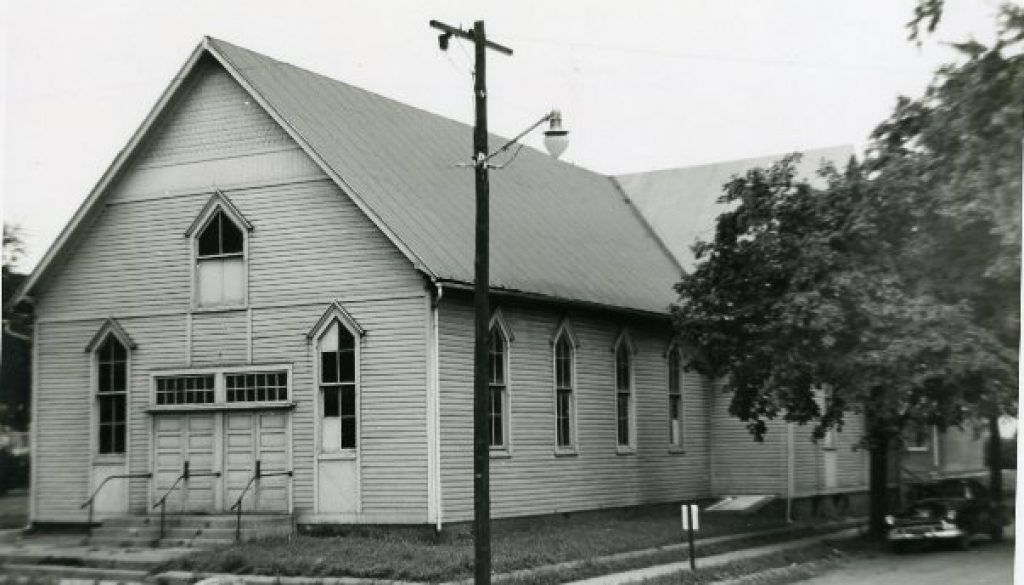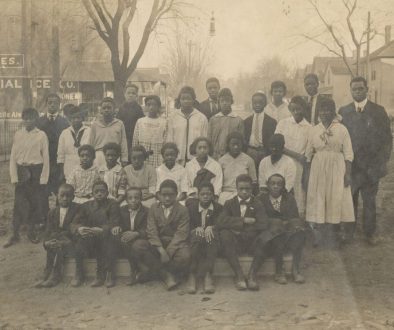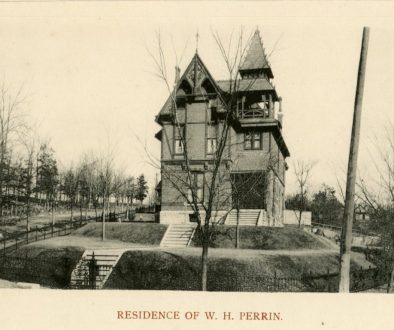The Power of Personal Persuasion in Immigration
Letters To Family and Friends in the Netherlands
by guest blogger Mary Anthrop
Today family and friends take advantage of technological platforms, such as Facebook, Instagram and Twitter, and even Zoom, to “stay connected.” In the mid 1800s hand written letters linked family and friends across the continent and across oceans. Historians and genealogists who seek to understand why certain immigrant families or groups settled in an area should not overlook the influence of letters. For the genealogist these “America” letters do not necessarily have to be written by family members to be helpful.
The reach of the letters from America extended beyond the immediate recipient. Families often shared letters with friends and local newspapers sometimes published letters. Typically immigrant letters discussed the health and well being of family members, but frequently the letters also described the journey, the arrival and adjustment to life in a new country. The latter information likely could encourage or discourage those who expressed some interest in moving to the United States. As the letters also kept the memory of former residents alive, those who returned to the homeland to visit and in turn encouraged settlement in the United States made powerful impressions. The Dutch settlement in Tippecanoe County in the mid 1800s can be traced to the influence of letters and the power of personal persuasion in immigration.
The number of Dutch in Tippecanoe County in the mid 1800s was small. The U.S. Census for 1850 identifies 25 Dutch, 148 in 1860, 248 in 1870, 279 in 1880. (By contrast, for example, the Irish born population in Tippecanoe County in 1880 numbered 1,238 and the German born population in 1880 totaled 1,960). Fortunately, surviving letters tell the story of why some Dutch chose Tippecanoe County as a new home.

A Dutch presence emerged in the early pioneer days of Tippecanoe County. Klaas Janszoon Beukma, his three sons and a daughter from the province of Groningen in the Netherlands settled near Americus in the mid-1830s. (The 1831 and 1832 German works of Heinrich Gerke, Der Nordameikanische Rathgeber and Reise durch Nord-Amerika may have influenced Beukma to immigrate to the United States). Beukma’s success in Tippecanoe County planted the seed for future Dutch immigration in the mid 1800s. He wrote lengthy reports to his relatives in Groningen promoting the favorable farming conditions in Tippecanoe County. For example, on July 4, 1836 Beukma wrote, “Here I have found what I was looking for – bread and freedom; now I have no worry about the future of my children.” His son Willem in 1847 returned to the Netherlands, after eleven years in the United States, and encouraged about thirty Dutch to settle in Indiana.
Their leader, Sieds Theunis Krap, in turn wrote to family and friends in the Netherlands on his American experiences. Some of Krap’s letters were published – Ten Letters Concerning Journey, Arrival and Settlement to and in Northern-America of Some Emigrants – Left From the Communities Het Bildt and Barradeel in Friesland, 1848. Krap’s early impressions were favorable and he encouraged those who were dissatisfied with current unrest in [The Netherlands] to immigrate as a good living could be made on the rich soil of Tippecanoe County.
The testimonials in Krap’s and Klaas Janszoon Beukma’s letters and Willem Beukma’s endorsement of life in Tippecanoe County are excellent examples of the power of personal connections that encouraged immigration. Genealogists should obviously treasure their family immigrant letters, but they also should not overlook other contemporary immigrant letter collections. “America” letters circulated widely among community members, as well as immediate family members. They offer information on the common experiences of immigration – the motives, the journey, the arrival and the adjustments to new settlement.
Sources and for further reading see: “The Dutch in Lafayette and Tippecanoe County” by P. John DeYoung, 1994 Local History Workshop and photocopies of the Beukma and Krap letters in the vertical file collection in the Tippecanoe County Historical Association Library. Robert P. Swierenga, “The Low Countries,” in Robert M. Taylor, Jr., and Connie A. McBirney, ed., Peopling Indiana: the Ethnic Experience, Indiana Historical Society 1996. An excellent archive on Dutch Immigration to the United States is found at the Dutch Immigrant Letter Collection at Calvin College, Heritage Hall, Grand Rapids, Michigan. An index of Dutch letters, including the Beukma letters, can be found at http://www.calvin.edu/hh/letters/letters_main.htm
Read about John Winhardt’s Story and German letters home at the German Historical Institute. https://germanletters.org/exhibits/show/invitation-to-indiana




